
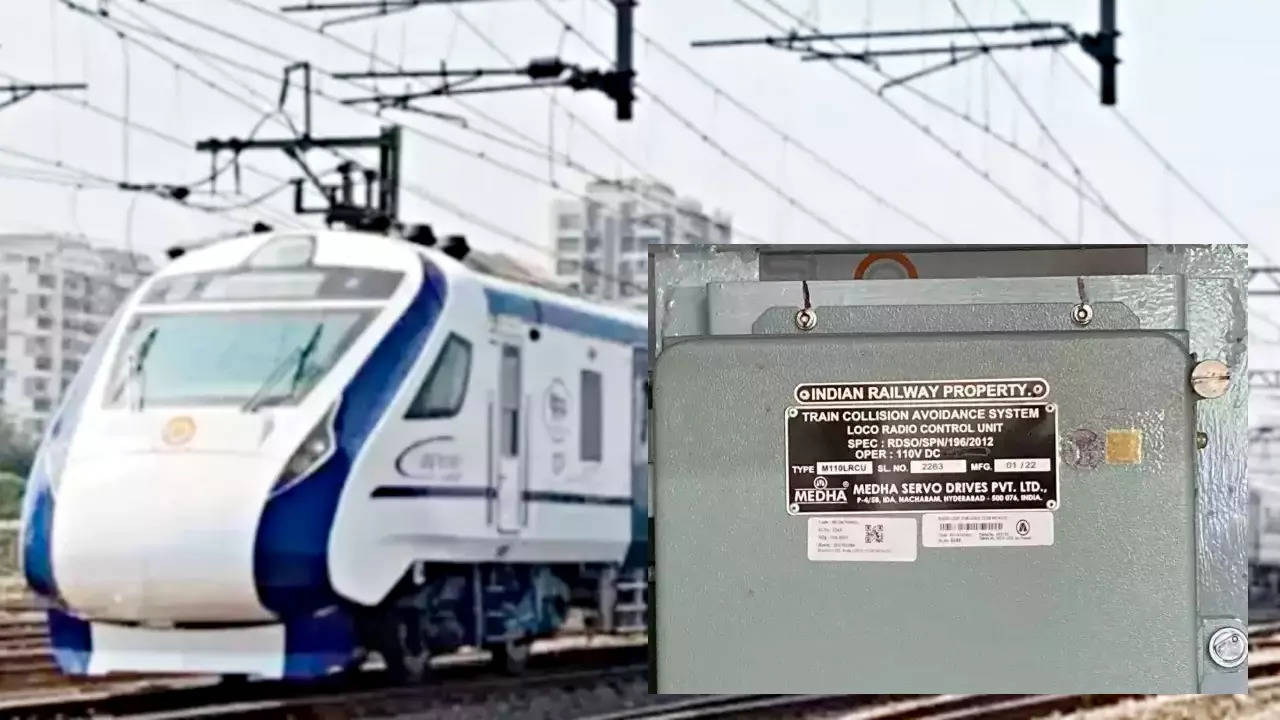
In a significant move towards ensuring safety in train operations, Indian Railways has announced plans to install the indigenously developed Kavach anti-train collision system across 10,000 km. The tender process will be carried out in a phased manner, with the aim of expediting the installation process. Additionally, new vendors will be brought on-board to support the project, with Quadrant Future Tech and Siemens being top contenders. Stay tuned for updates on this crucial development in Indian Railways' safety measures.
Kavach: Enhancing Train Safety in Indian Railways
Background
Train accidents have been a persistent challenge for Indian Railways, with numerous derailments and collisions occurring over the years. In order to address this issue and enhance safety, the government has been investing in the development and implementation of various technologies. One such initiative is the Kavach anti-train collision system.
The Kavach System
Kavach, which means "armor" in Sanskrit, is an indigenously developed technology designed to prevent train collisions. It operates on the principle of Automatic Train Protection (ATP), which uses sensors and communication systems to monitor the movement of trains and intervene in case of any potential risks.
The system consists of trackside equipment, train-borne equipment, and a central control center. Trackside equipment includes sensors and beacons that transmit information about track conditions, signals, and speed limits to approaching trains. Train-borne equipment receives this information and calculates the safe speed and braking distance required. If the train exceeds the safe speed or approaches an obstruction, the system automatically applies the brakes to prevent an accident.
Implementation and Expansion
The Indian Railways has announced plans to install Kavach across 10,000 km of its network in a phased manner. The tender process is currently underway, with the aim of expediting the installation process. Additionally, new vendors, including Quadrant Future Tech and Siemens, have been brought on-board to support the project.
Top 5 FAQs
1. What is the purpose of Kavach? Kavach is an anti-train collision system designed to prevent train accidents by automatically applying the brakes in case of potential risks.
2. How does Kavach work? Kavach uses sensors, communication systems, and onboard equipment to monitor train movement and intervene if necessary.
3. What are the benefits of Kavach? Kavach can significantly reduce the risk of train accidents, saving lives and preventing property damage.
4. When will Kavach be implemented? Indian Railways plans to install Kavach across 10,000 km in a phased manner. The tender process is currently underway.
5. Who is developing and implementing Kavach? Kavach was indigenously developed by the Research Designs and Standards Organization (RDSO) and is being implemented by Indian Railways. Quadrant Future Tech and Siemens are also involved as supporting vendors.
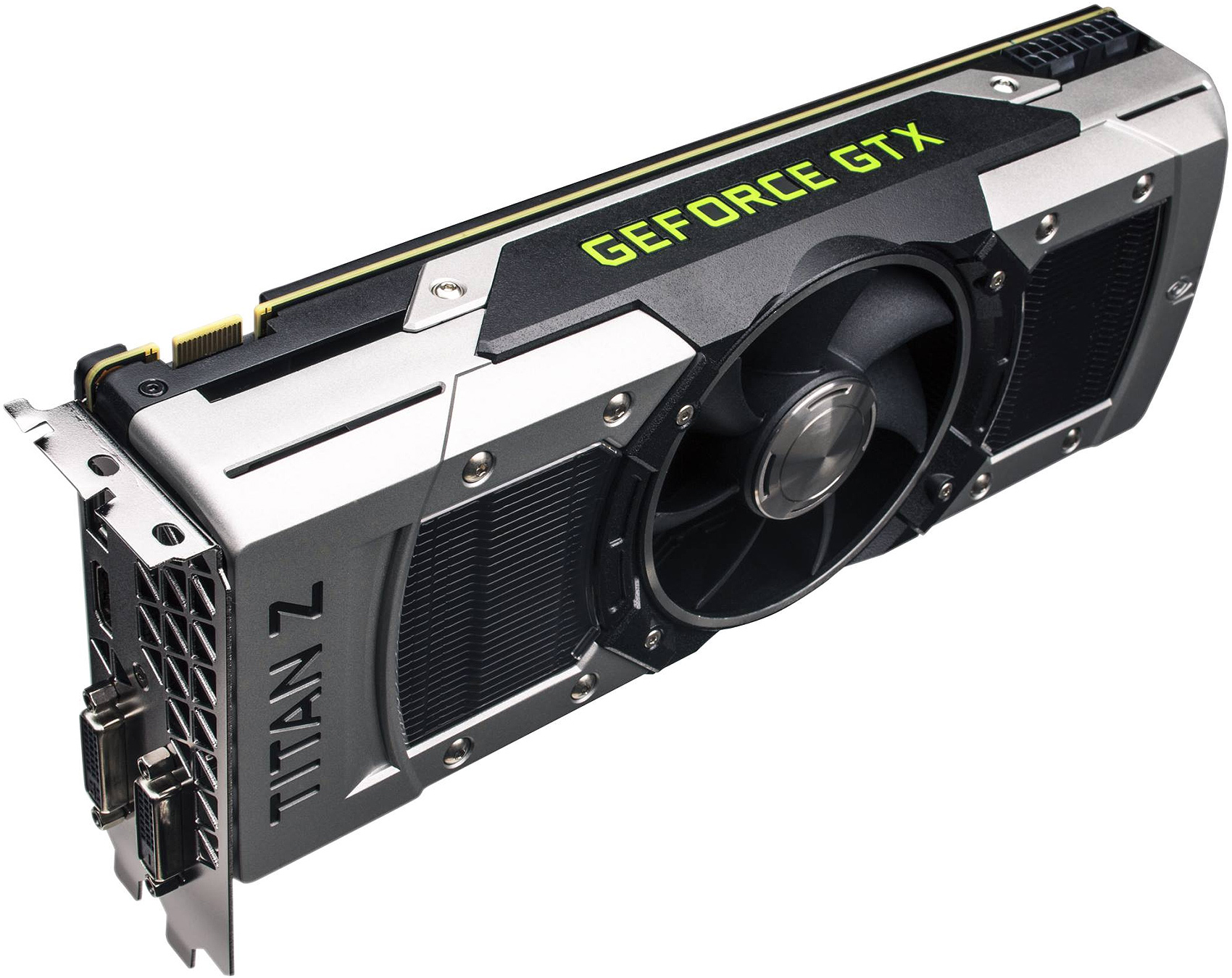
NVIDIA has launched its highly-anticipated latest generation of GPUs, the RTX 50 series, with significant improvements in speed and performance. The flagship model, RTX 5090, boasts 92 billion transistors and a whopping 3,352 TOPS of AI performance, making it a dream for 4K gaming enthusiasts. While the RTX 5090 is priced at a steep Rs 2,14,000, other variants like the RTX 5080, RTX 5070 Ti, and RTX 5070 offer more affordable options for gamers. However, prices may vary for models from different vendors like ASUS and MSI. Stay updated and informed about these groundbreaking graphics cards for making smarter decisions in your gaming journey.
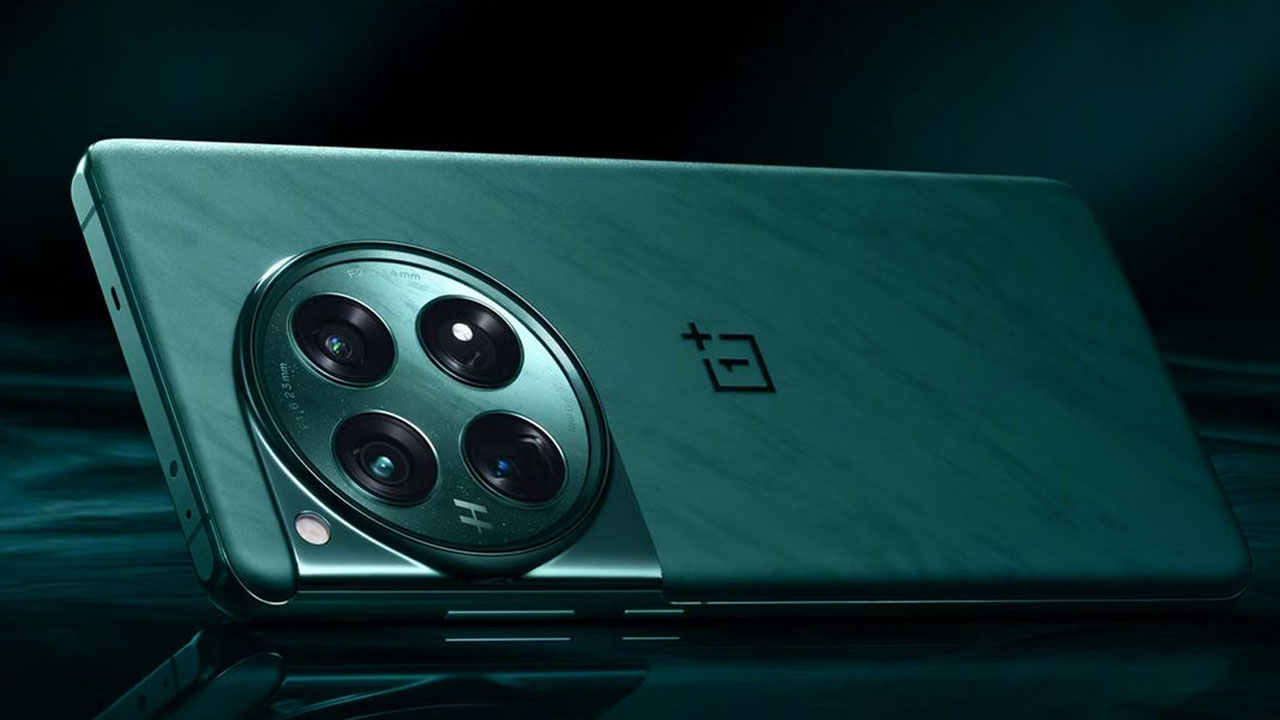
After much anticipation, OnePlus has finally unveiled the OnePlus 13 and 13R in India, catering to both premium and mid-range buyers. Featuring impressive design, hardware upgrades, and advanced features, these devices are sure to turn heads. With powerful processors, massive batteries, and top-of-the-line triple-camera setups, the OnePlus 13 and 13R offer a lot for their price. Keep an eye out for the device's release on January 10 and 13 for the OnePlus 13 and 13R, respectively.
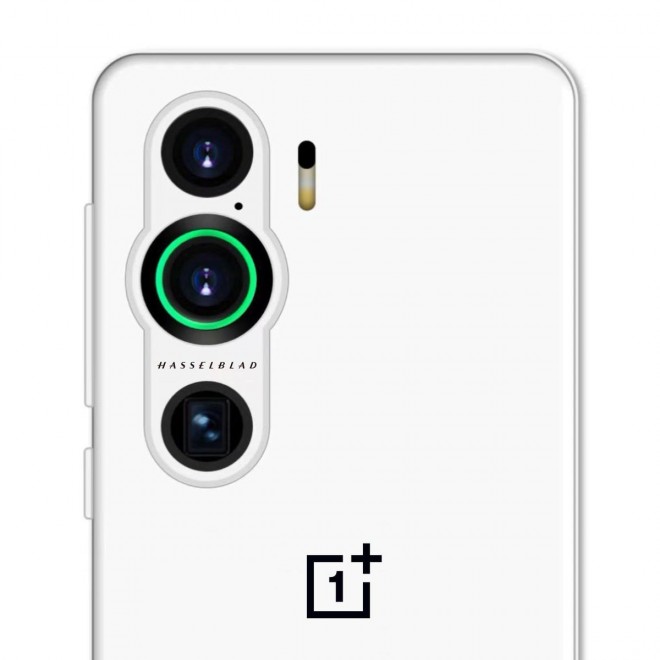
Technology enthusiasts and vintage watch lovers alike will appreciate the new OnePlus 13, a smartphone that combines elegance and simplicity. With its clean design and user-friendly interface, this device serves as a reminder that sometimes less is more. After spending weeks with the OnePlus 13, I share my thoughts on its features and performance, from the price in India to my top uses as a high-skill user. Whether for browsing and social media, calls, or entertainment, the OnePlus 13 takes us back to basics while still delivering a modern and personalized experience.
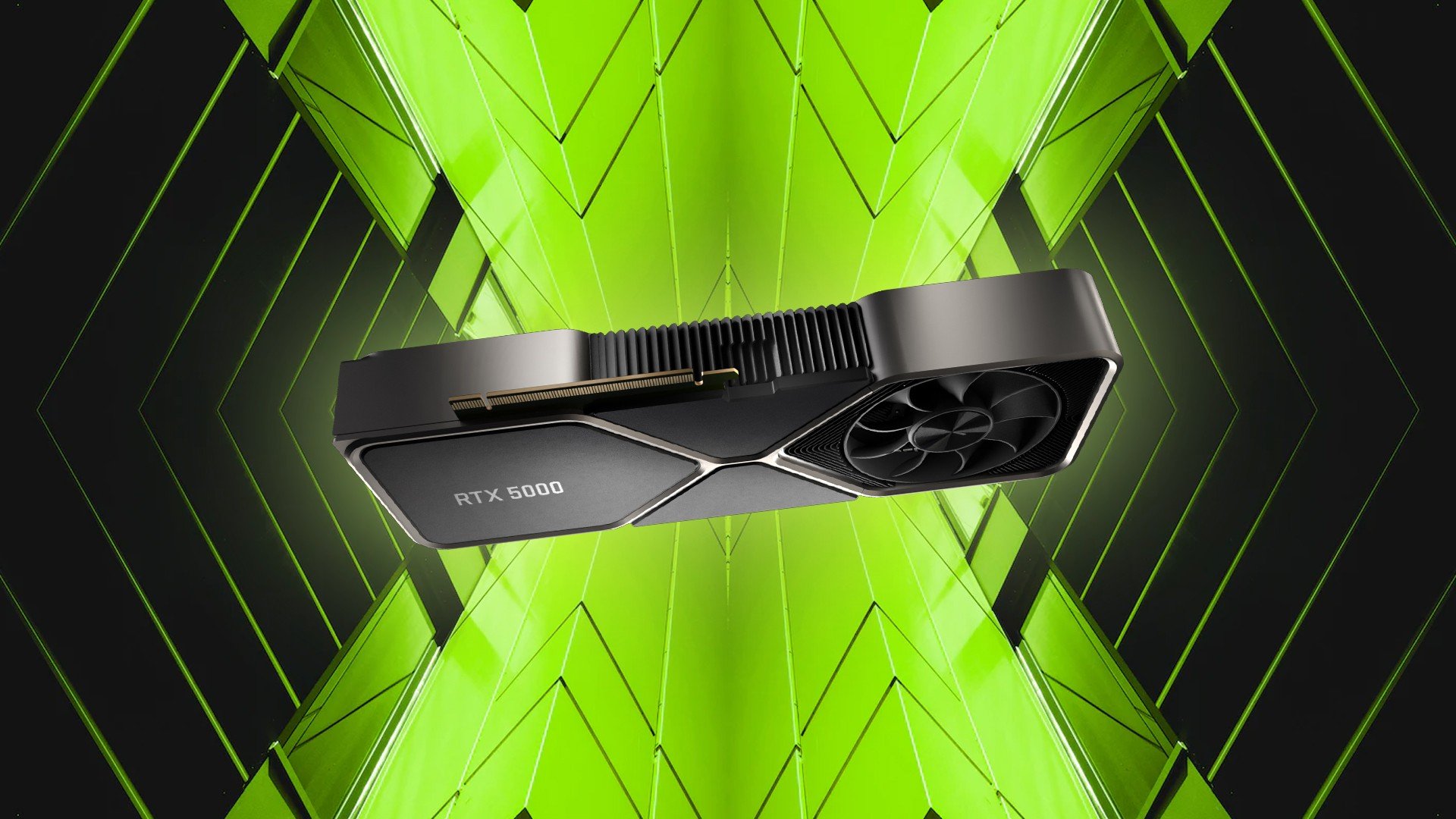
At CES 2025, NVIDIA's CEO announced the company's latest flagship desktop GPU, the GeForce RTX 50-series, which boasts impressive AI modeling capabilities and can dramatically improve gaming performance. Along with the new graphics cards, NVIDIA also unveiled a new supercomputer for AI research, a humanoid robot learning modality, a world foundation model platform, and a partnership with Toyota for autonomous vehicles. The RTX 50-series will be available in various laptops from popular brands starting in March and April.
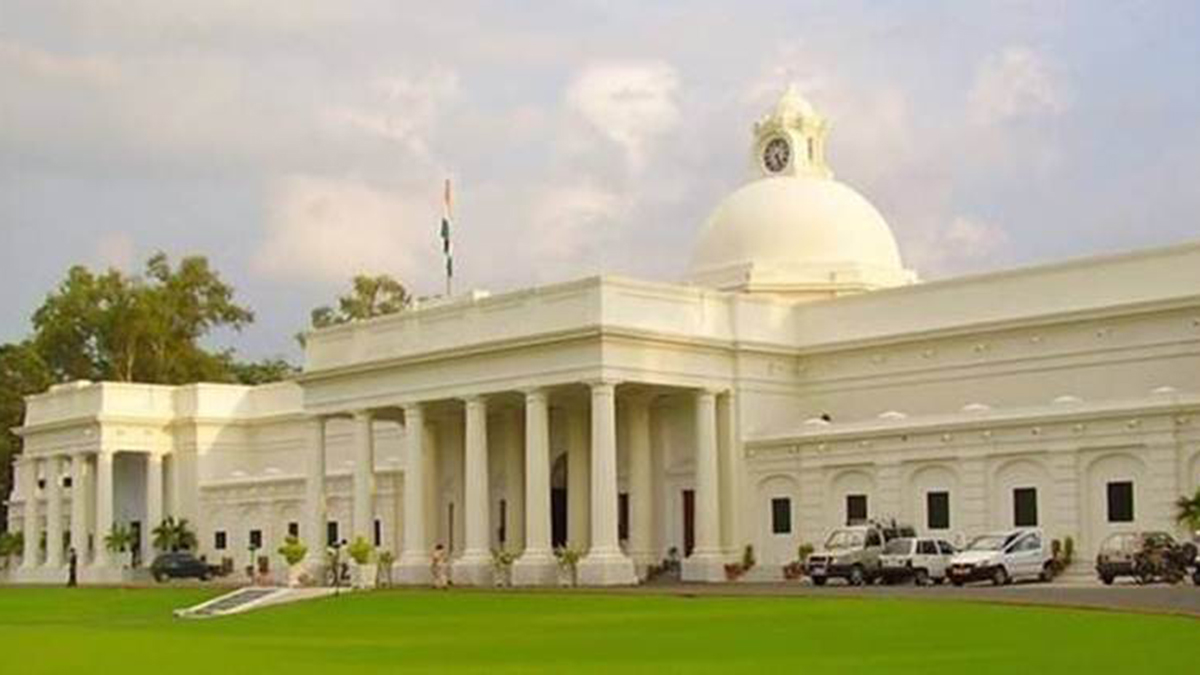
The Indian Institute of Technology (IIT) Roorkee has recently released the admit cards for the Graduate Aptitude Test in Engineering (GATE) 2025. The exam will be conducted in February across multiple centres, and candidates can now download their hall tickets from the official website. The article also highlights the exam pattern, negative marking system, and the latest updates on MTech admissions and PSU recruitment through GATE 2025.
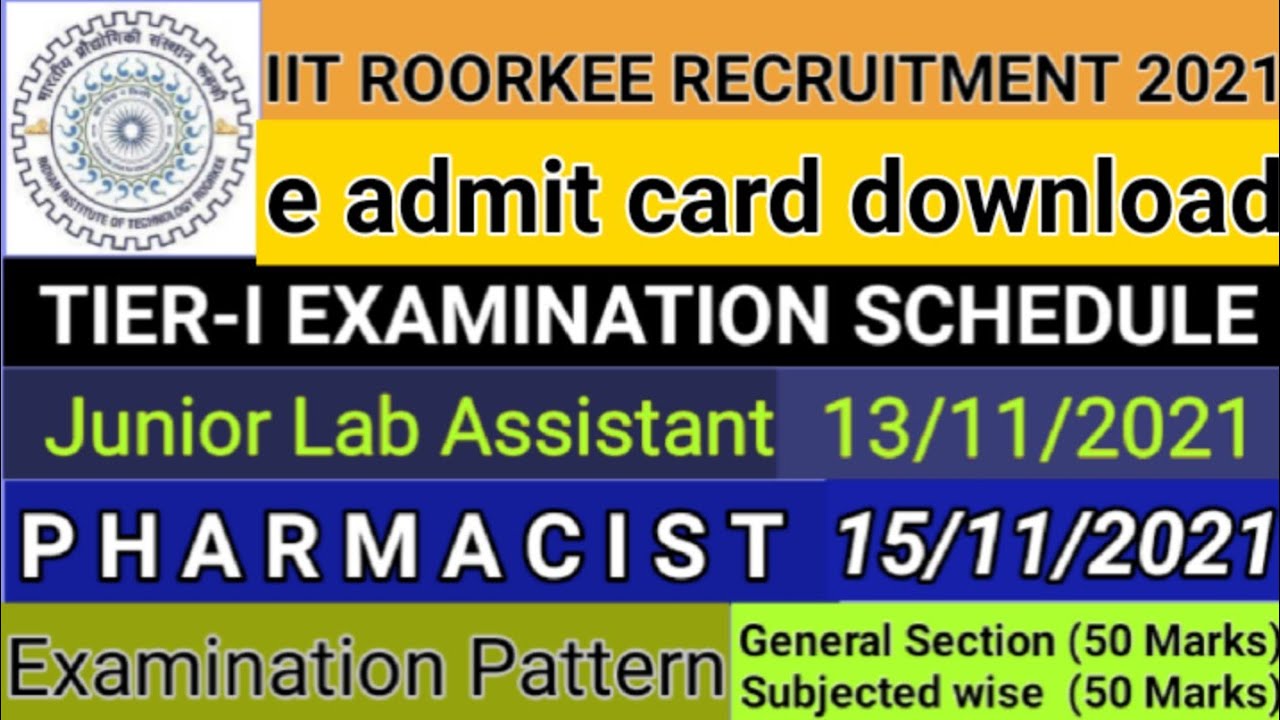
The Indian Institute of Technology Roorkee has released the admit cards for the Graduate Aptitude Test for Engineering (GATE) 2025 examination. The exam is scheduled to be held in February 2025 and will be conducted in computer-based test mode. Candidates can now download their admit cards from the official website and are advised to keep a printed copy for the exam day.
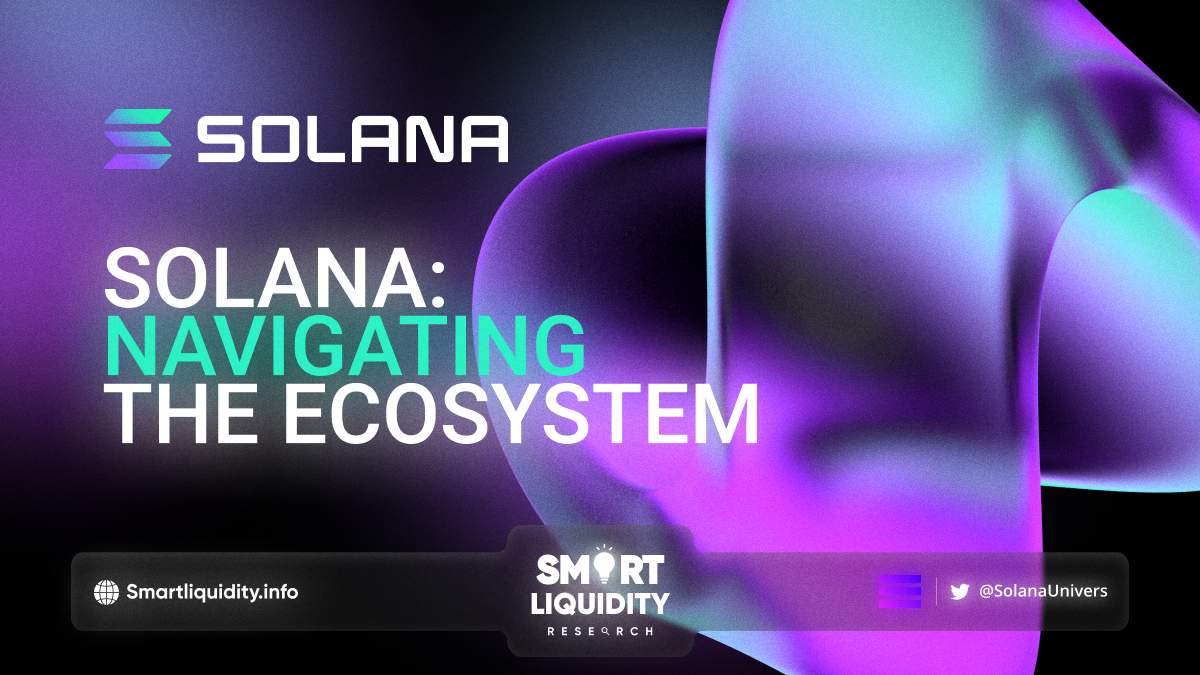
Solana, a previously popular cryptocurrency, has recovered from a dip and is now gaining attention from institutional investors. The network's speed and cost-efficiency make it a promising platform for decentralized finance projects, leading to major firms like VanEck and Bitwise applying for Solana spot ETFs. Despite potential price dips, the increase in spot market inflows and decreasing outflows indicate a possible upward momentum for SOL, showcasing its dominance in the crypto market.
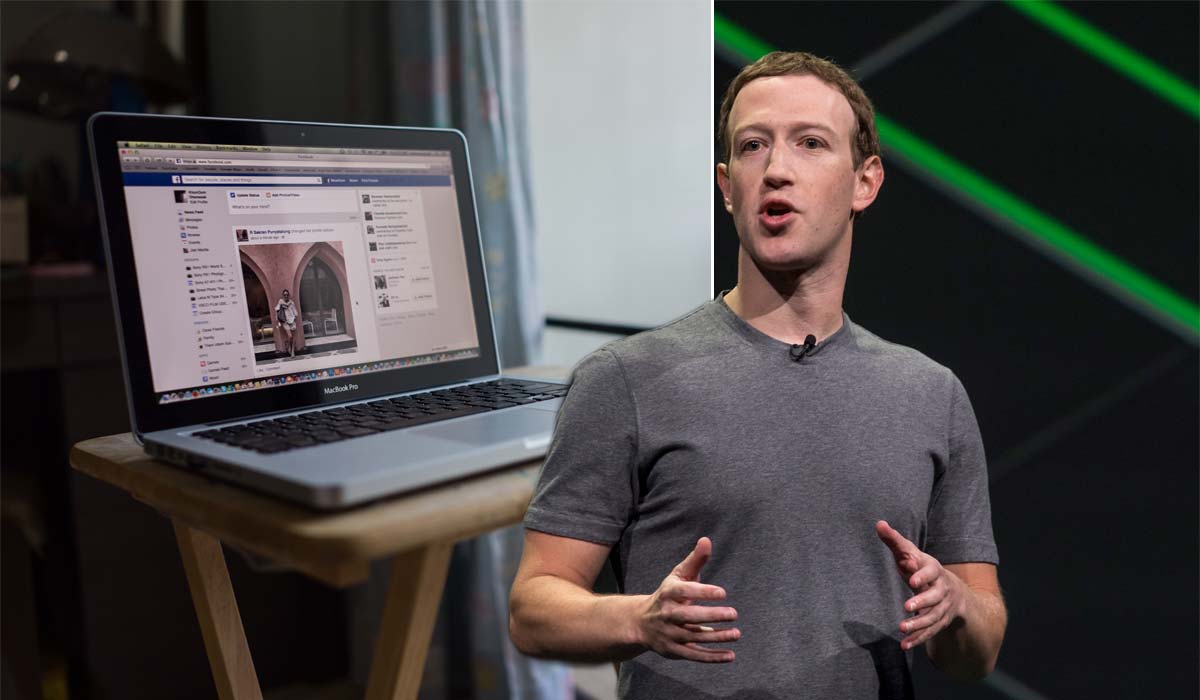
Mark Zuckerberg, CEO of Meta, has announced major changes to Facebook's content moderation policies, including removing fact-checkers and implementing a community-driven approach similar to Elon Musk's X. Zuckerberg cites concerns over political bias as the reason for the change and plans to relocate content moderation teams from California to Texas. This move aims to restore trust and promote open discourse on the platform and will start in the US before potentially expanding globally.
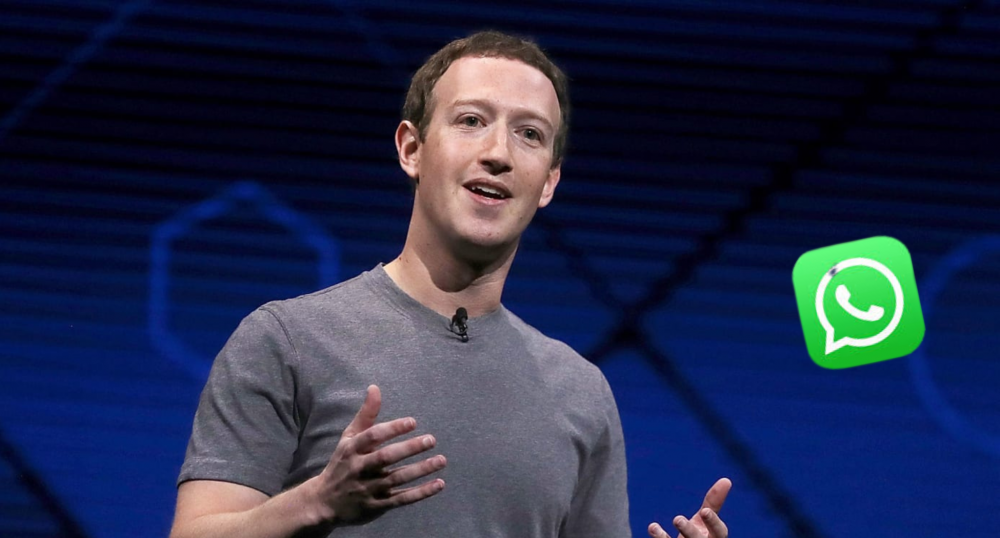
In an unexpected move, Meta CEO Mark Zuckerberg declared that the company would be overhauling its content moderation strategies. The social media giant will no longer rely on third-party fact checkers, opting instead to implement the "community notes" feature from Elon Musk's social network, X. Zuckerberg cites the growing cultural trend towards prioritizing free speech and a desire to reduce censorship as reasons for the change. This decision comes after a turbulent relationship between Zuckerberg and President-elect Donald Trump, but with recent events, it appears that the CEO may be taking a cue from Musk to align himself with the incoming administration.
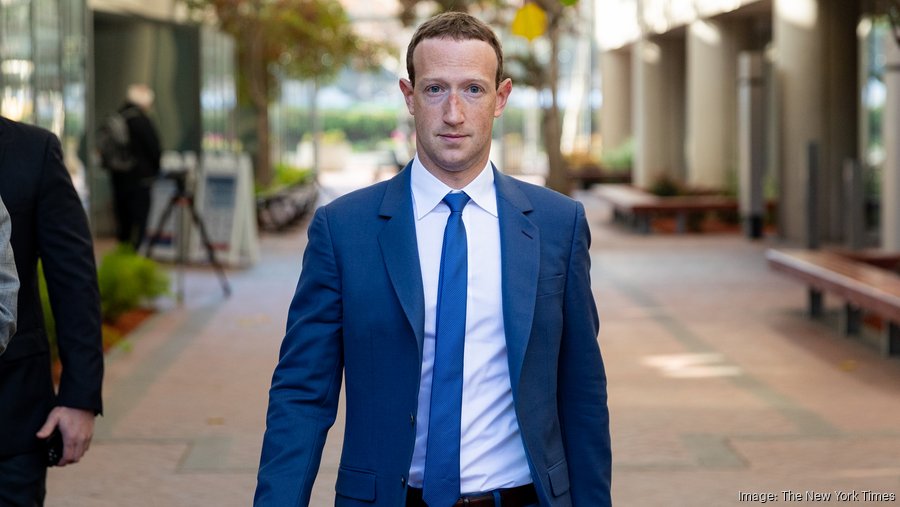
Facebook and Instagram's parent company Meta will be replacing its fact-checking systems with a new "community notes" model, according to CEO Mark Zuckerberg. In a video message, Zuckerberg cited concerns over censorship and political bias as the reasons for the change, stating that Meta will focus on restoring free expression on its platforms. This shift comes after widespread debate and pushback from governments and media outlets over the potential harm of online content.